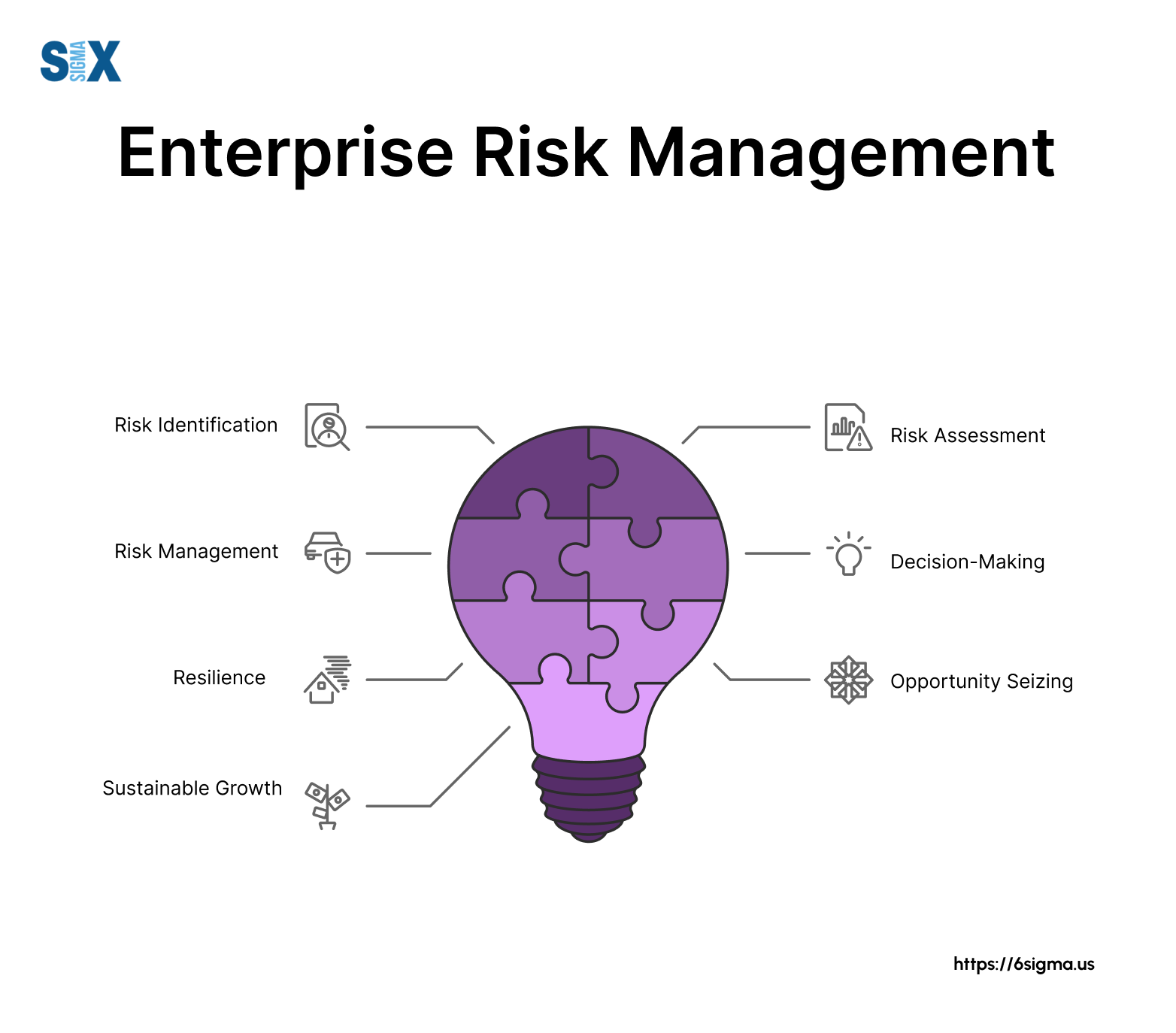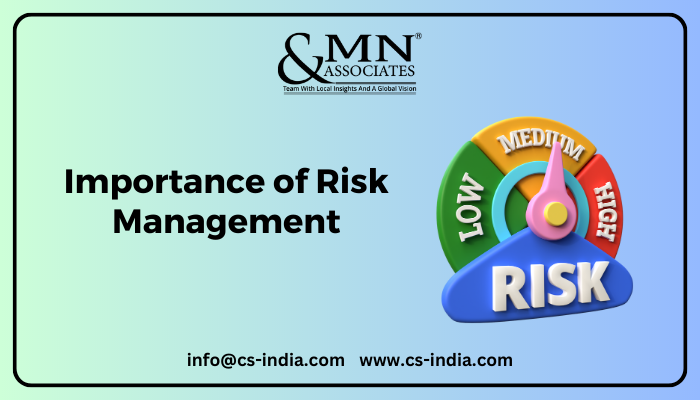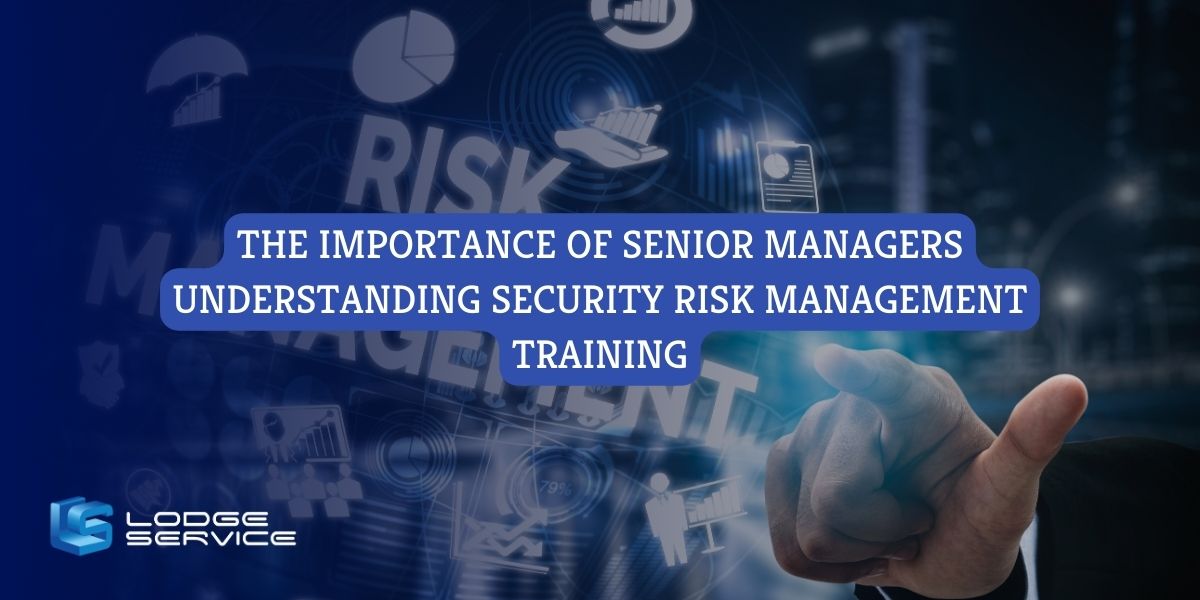Addressing the Hidden Risks: The Importance of Risk Management in Digital
Wiki Article
Discovering the Significance of Risk Management for Effective Decision-Making Techniques
In the elaborate globe of service, Risk Management becomes a vital consider the decision-making process. The ability to determine possible risks and chances, and plan appropriately, can lead to the difference in between success and failure. With tools such as SWOT and PESTEL, companies are furnished to make informed choices, promoting strength and adaptability in an ever-changing atmosphere. Wondering exactly how this works? Allow's unbox the characteristics better.Recognizing the Concept of Risk Management
Risk Management, a vital component in decision-making, is frequently misunderstood or oversimplified. Risk Management involves disciplined and structured strategies, using data and insightful analyses. From monetary uncertainties, lawful obligations, calculated Management errors, to crashes and natural catastrophes, it resolves various threats - importance of risk management.The Function of Risk Management in Decision-Making Processes
In the realm of calculated preparation and company procedures, Risk Management plays an indispensable role in decision-making processes. It helps in recognizing prospective dangers and unpredictabilities that can impact the success of organization goals. By mapping these dangers, firms can formulate methods to minimize their influence, making sure organization connection and stability. Risk Management thus ends up being a vital tool in decision-making, assisting leaders to make enlightened selections based upon a comprehensive understanding of the dangers included. It urges an aggressive approach, enabling organizations to expect and prepare for possible future scenarios. This substantially lowers the likelihood of adverse effects, advertising extra efficient and effective decision-making approaches. Consequently, Risk Management functions as a crucial component in the decision-making processes of any company.
Just How Risk Management Improves Strategic Planning
In the context of strategic preparation, Risk Management plays a crucial function. Initiating with the recognition of prospective risks, it additionally encompasses the application of Risk mitigation steps. The role of Risk Management is not static but dynamic, as it requires consistent monitoring and adjusting of strategies.Recognizing Potential Threats

Implementing Risk Reduction
Risk reduction strategies can vary from Risk evasion, Risk transfer, to take the chance of reduction. Each approach must be customized to the certain Risk, considering its prospective influence and the organization's Risk resistance. Effective Risk mitigation needs a deep understanding of the Risk landscape and the potential effect of each Risk.Tracking and Readjusting Strategies
Though Risk mitigation is a crucial action in strategic planning, continual monitoring and modification of these approaches is just as essential. This recurring process enables companies to recognize new dangers and reassess existing ones, ensuring the executed techniques continue to be great post to read reliable in the ever-changing company atmosphere. It additionally provides a chance to examine the success of the Risk Management measures, allowing modifications to be made where needed, more enhancing tactical planning. Effective surveillance and change require using news analytics and vital performance indicators (KPIs) to measure efficiency. These tools supply beneficial data-driven understandings that can educate calculated decision-making. Tracking and changing Risk Management techniques is an important component for improving an organization's strength and strategic preparation.Situation Studies: Successful Risk Management and Decision-Making
In the world of company and money, successful Risk Management and decision-making usually serve as the columns of flourishing enterprises. One such entity is an international oil firm that reduced economic loss by hedging against varying oil rates. In another instance, a technology startup grew by determining and approving high-risk, high-reward strategies in an unpredictable market. An international bank, encountered with regulative uncertainties, efficiently navigated the scenario via proactive Risk evaluation and dynamic decision-making. These situations highlight the value of sharp Risk Management in decision-making processes. It is not the lack of Risk, but the Management of it, that commonly sets apart successful firms from unsuccessful ones. These instances highlight the critical duty of Risk Management in critical decision-making. importance of risk management.Devices and Techniques for Efficient Risk Management
Navigating the detailed maze of Risk Management requires the ideal collection of strategies and tools. These tools, such as Risk signs up and heat maps, aid in identifying and analyzing potential threats. Strategies include both measurable approaches, like sensitivity analysis, and qualitative techniques, such as SWOT analysis. These help in focusing on risks based on their prospective impact and probability. Risk feedback approaches, an essential element of Risk Management, entail approving, avoiding, transferring, or mitigating dangers. Tracking and regulating threats, via normal audits and reviews, have a peek here ensure that the techniques continue to be effective. With these tools and techniques, decision-makers can navigate the complex landscape of Risk Management, therefore helping with informed and effective decision-making.Future Patterns in Risk Management and Decision-Making Methods
As we discover the huge landscape of Risk Management, it comes to be obvious that the tools and strategies used today will certainly proceed to advance. Future patterns point in the direction of a raised reliance on technology, with expert system and machine knowing playing considerable duties. These modern technologies will make it possible for organizations to predict possible risks with better accuracy and make even more informed choices. Furthermore, there will be a growing focus on durability, not simply in handling threats however additionally in recuperating from negative situations. The concept of Risk society, where every member of an organization is mindful and involved in Risk Management, will certainly get extra prominence. These trends advertise a more comprehensive and positive strategy towards Risk Management and decision-making.Conclusion

Risk Management thus comes to be a crucial tool in decision-making, aiding leaders to make educated choices based on a comprehensive understanding of the threats included. Risk reduction techniques can vary from Risk avoidance, Risk transfer, to risk reduction (importance of risk management). Reliable Risk reduction needs a deep understanding of the Risk landscape and the possible impact of each Risk. Risk feedback methods, a key part of Risk Management, involve approving, avoiding, moving, or mitigating risks. The principle of Risk society, where every member of a company is aware and included in Risk Management, will acquire more importance
Report this wiki page